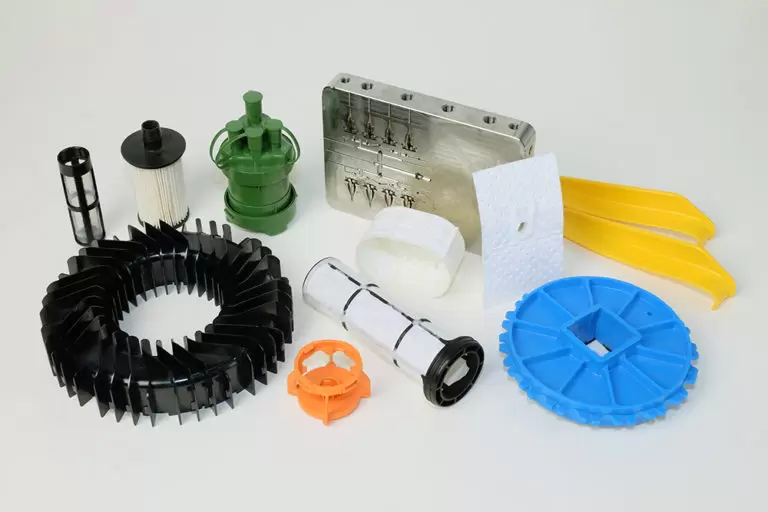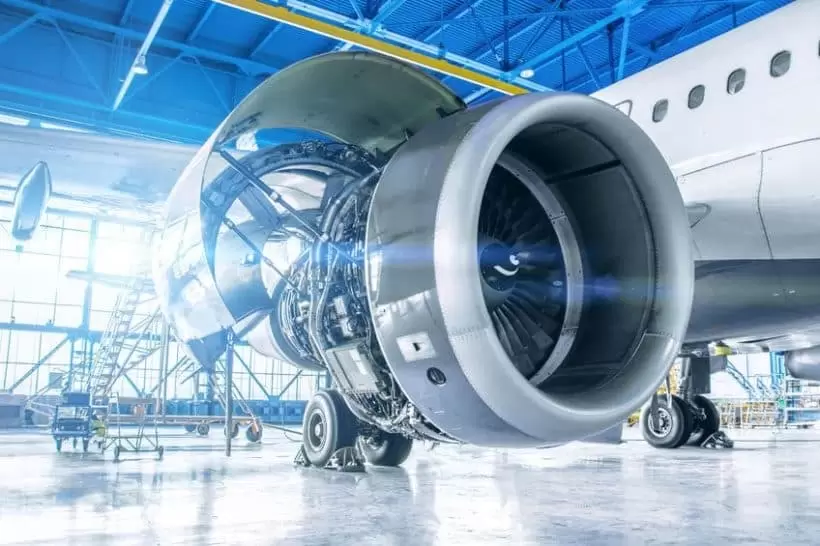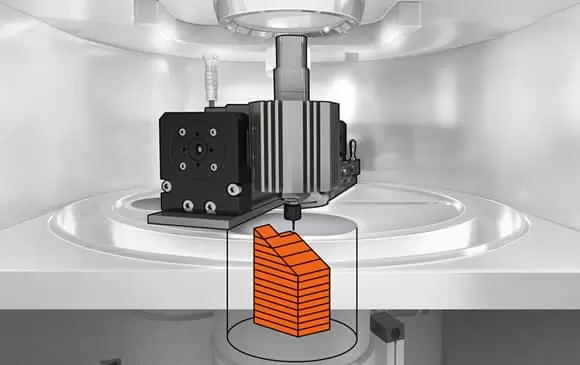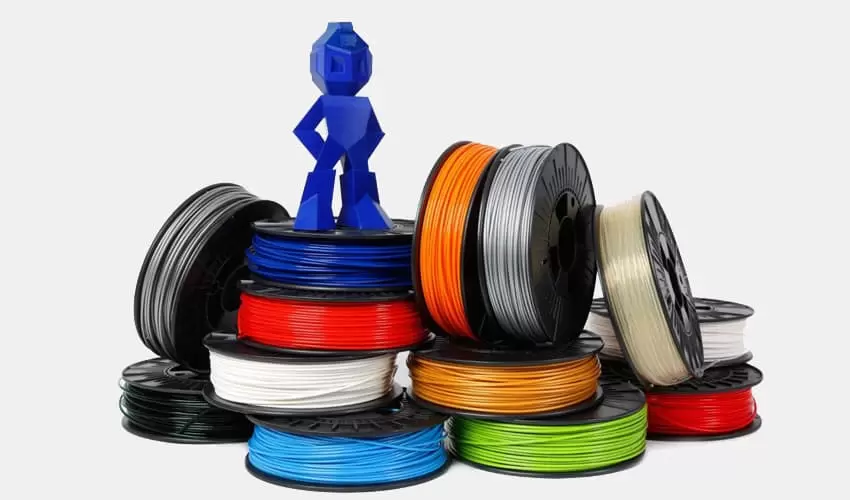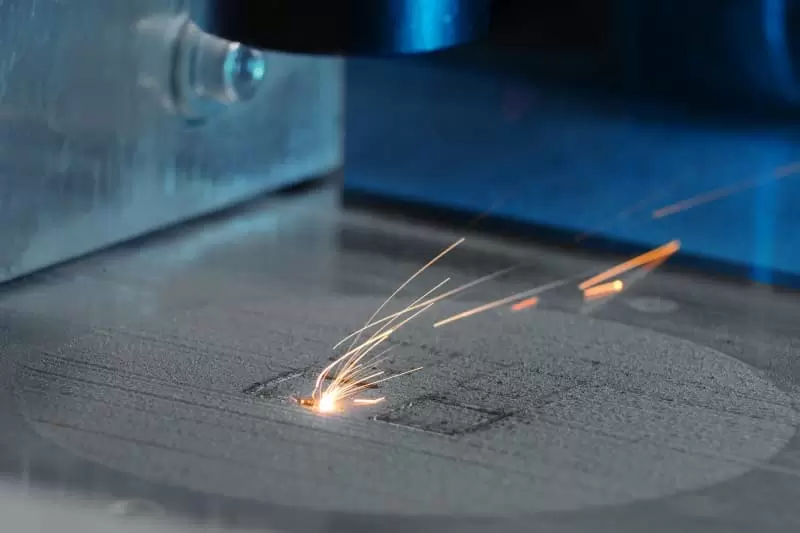Table of Contents:
- Introduction
- How Injection Molding Works
- Advantages and Limitations of Injection Molding
- Applications of Injection Molding
- Advanced Injection Molding Techniques
- Future of Injection Molding
- Conclusion
-
1.Introduction
Injection molding is a manufacturing process used to create plastic parts by injecting molten material into a mold. It is one of the most commonly used manufacturing processes for producing plastic parts and has various applications across several industries.
The earliest form of injection molding can be traced back to the 19th century, where celluloid billiard balls were produced using a heated plunger pressed on to a mold. The modern form of injection molding technology was developed in the 1930s by John Wesley Hyatt, who was experimenting with new materials to create a substitute for ivory billiard balls.
Since then, the injection molding process has evolved significantly, with technological advancements enabling the production of lighter, stronger, and more complex plastic parts. Today, injection molding is a widespread manufacturing process, utilized across numerous industries for a variety of applications.
-
2.How Injection Molding Works
Injection molding is a complex process that involves several key steps. The process begins with the melting of thermoplastic or thermosetting polymer material in a heated barrel of an injection molding machine. The melted material is then injected at high pressure into a mold cavity, which has been designed to produce a specific part or product.
Once the mold is filled, the material is allowed to cool and solidify, and the mold is opened, and the part is ejected. The finished part may require additional finishing such as trimming or drilling to achieve a final form or function.
The injection molding process can be divided into four key stages: Clamping, Injection, Cooling, and Ejection.
- Clamping:The first stage involves closing the mold tightly and securely, where the two halves of the mold are held together by hydraulic or mechanical force. The tight clamp is necessary to ensure that the melted material remains in the mold cavity, and no leakage or flash happens.
- Injection:In the second stage, the material is injected into the mold. The injection speed, pressure, and material temperature are carefully controlled to ensure that the material fills the mold cavity evenly.
- Cooling:In the third stage, the molded part is cooled and solidified. The cooling time may vary depending on the geometry of the part, the material used, and the thickness of the wall.
- Ejection:In the final stage, the cooled and solidified part is ejected from the mold, ready for finishing or assembly.
The finished product produced through injection molding can be precise and can even have very fine details and features, creating parts with high accuracy and excellent repeatability.
Discussion of materials used in Injection Molding:
- The materials used in injection molding are typically referred to as thermoplastics and thermosetting polymers due to their ability to melt and remold. These materials come in granular form and are melted down into a liquid state in the injection molding machine.
- Thermoplastics are the most commonly used type of material in injection molding. These materials can be melted and then re-solidified multiple times, making them relatively easy to recycle. They offer excellent strength-to-weight ratios and are available in various colors, textures, and finishes.
- Thermosetting polymers start as a liquid, which, when molded, undergoes a chemical reaction to solidify permanently. These materials are used mainly for high-temperature applications because of their thermal stability and resistance to heat.
In summary, injection molding is a versatile and efficient manufacturing process that can produce precise and reliable parts from a wide range of materials. The success of injection molding is due to its flexibility and ability to produce high-quality parts quickly and cost-effectively. The process can be used in various industries, including automotive, healthcare, packaging, and consumer goods, to create essential parts and products to supply today’s modern world.
-
3.Advantages and Limitations of Injection Molding
Injection molding offers several benefits compared to other manufacturing technologies alike:
Benefits of Injection Molding:
- High Precision: Injection molding allows manufacturers to produce high-precision parts with tight tolerances and intricate details.
- High Efficiency: The process is typically automated, enabling high-volume production runs without compromising quality.
- Design Flexibility: Injection molding offers design flexibility, allowing for the production of parts with complex shapes, features, and multiple materials or inserts.
- Cost-Effective: The high-volume production capability of injection molding can help reduce unit costs as the process is designed to produce parts at a high scale.
- Durable: Injection molded parts are known for their durability when compared to other plastic production methods like extrusion or blow molding.
Drawbacks and Limitations of Injection Molding:
- Initial Tooling cost: Injection molding is best suited for high-volume production runs but has a high initial cost for tooling, making production of small runs impractical, due to setup cost.
- Long Lead Time: Depending on the design and materials, the lead time for creating the molds can be lengthy from weeks to several months.
- Limited material Options: Injection molding is better suited to polymers and plastics, limiting the number of materials that can be used in the production process.
- Design Restrictions: The design restrictions for injection molding are essential for determining factors like draft angles, wall thickness, venting, and gating when designing parts or products.
- Environmental Impact: Large scale production even when only producing plastic parts through injection molding still poses a significant impact on the environment, such as fossil fuel use, waste disposal, and emissions.
In Conclusion, the advantages of Injection Molding when designing high-quality plastic parts for a large scale production process can help support more accurate and precise products being available for demanding industries like medical, aerospace, automotive, and computer technology. However, the high initial cost of tooling, time to market, and limited material options to specific polymers are factors that can restrict these manufacturing techniques’ widespread use throughout industries.
-
4.Applications of Injection Molding
Injection molding has numerous applications across a broad range of industries, including aerospace, automotive, consumer goods, healthcare, and electronics. Below are some examples of specific industries and products that utilize injection molding:
- Automotive Industry: Injection molding is used to produce various components, including dashboards, bumpers, and door panels. The use of injection molding offers a reliable means of manufacturing these parts and allows for high-volume production runs with tight tolerances.
- Healthcare Industry: Injection molding is used to create medical-grade plastics used in various medical devices, such as syringes, catheters, and surgical instruments. With precision manufacturing and customizable materials, injection molding offers an excellent means of producing sterile medical equipment.
- Consumer Goods Industry: Injection molding is often used to produce consumer goods such as food containers, toys, and packaging, that demand high-volume production runs with repeatable dimensions and tight tolerances.
- Electronics Industry: Injection molding is used for producing components and housing parts for electronics devices, such as smartphones, computer keyboards, and remote controls.
- Aerospace Industry: Injection molded parts are used in the aerospace industry due to the need for durability, thermal stability, and reliability. Components such as valves, connectors, and electrical components frequently use injection molding.
Real-World Examples of Injection Molded Parts
- Automotive Grille: Injection molded grilles are an excellent example of how this process offers a high degree of design flexibility allowing for the creation of complex geometric shapes that other processes may find difficult or unsuitable.
- Medical Devices: Medical-grade plastics produced by injection molding are used in various devices such as insulin pens, single-use syringes, and inhalers, bringing precision and a sterile manufacturing process to the medical industry.
- Packaging: Plastic packaging is a critical category of injection-molded products, used as plastic bottles, take-out containers or storage containers, notebooks or binders, and various other products.
- Connectors: Injection molding typically used for producing connectors used in electronic products.
- Aerospace Components: Aerospace components such as engine components, wing fairings, and satellite structures often require materials with high stiffness and thermal stability. Injection molding offers a cost-effective means to produce these complex components.
In conclusion, injection molding is a versatile process that has wide-ranging applications across various industries. The flexibility of its design options and its ability to reliably produce high volumes of precise and durable parts has led to widespread use in many industries. The use of injection molding continues to grow, enabling companies to develop new and innovative products with better performance capabilities.
-
5.Advanced Injection Molding Techniques
While traditional injection molding processes offer efficient manufacturing processes for creating a variety of parts and products, there are advanced techniques available that provide additional capabilities to add design flexibility, cut costs, and enhance the resulting parts’ quality. Here we discuss two of them: Gas Assist Injection Molding and 2-shot or multi-shot Injection Molding.
- Injection Molding with Gas Assist
Gas assist injection molding is a process that involves injecting nitrogen or other inert gases into the plastic melt, forming hollow inner cavities during cooling. The gas pressure forms the desired hollow cavity inside the part, resulting in the thick section of plastic that encases the cavity’s outer walls, and forms the injection molded part.
Benefits of Gas Assist Injection Molding:
- Reduces material usage, lowering unnecessary production costs since less material is used in these types of designs.
- Eliminates or reduces the appearance of sink marks or issues due to part stress that otherwise could appear when using thicker sections.
- Enables the production of parts with complex geometries or internal designs that are difficult to produce by other manufacturing techniques.
Applications of Gas Assist Injection Molding:
- Furniture components
- Automotive components
- Household appliance components
- Sports equipment
- Medical devices
- 2-shot or Multi-shot Injection Molding
2-shot or multi-shot injection molding is a method that involves the use of multiple materials and/or colors through the integration of two or more single-shot injections into a single manufacturing cycle. The process involves multiple nozzles that sequentially inject different materials into the same mold cavity.
Benefits of 2-shot or Multi-shot Injection Molding:
- More cost-effective than overmolding, where separate operations are needed. Injection molding can complete two or more production steps in one operation cycle, becoming more cost-effective than manual methods.
- Improved quality, by minimizing the risks of extra piece handling, less scrap material, and less risk of surface defects during the production cycle.
Applications of 2-shot or Multi-shot Injection Molding:
- Plastic seals with different colors
- Handles or buttons with soft texture grips
- Automotive components
- Electronics components
In summary, advanced injection molding techniques can add value and provide significant advantages compared to traditional injection molding methods. With these techniques, manufacturers can produce parts with increased complexity, quality, and have more design options to create a complete part with fewer assembly needs. By using these techniques for your injection molding needs, it’s more likely to achieve cost advantages, improve the manufacturing process, and create long-lasting parts with ease.
-
6.Future of Injection Molding
Injection molding has become an essential manufacturing process today because of its flexibility and its ability to produce high-quality parts quickly and cost-effectively. In the future, injection molding technology’s advancements are expected to evolve in the following ways:
- Advanced Materials:In recent years, advanced materials that are biodegradable, recyclable, and offer unique benefits such as flexibility, durability, and flame-retardant properties have been developed. These materials are expected to become more accessible and more widely used in injection molding, offering greater design flexibility and creating more sustainable products.
- Artificial Intelligence & Smart Manufacturing:Artificial intelligence and machine learning technologies will become more integrated into manufacturing processes, creating more efficient and intelligent operation systems. The improved process controls generated by AI-based solutions can help increase energy efficiency, decrease the cycle time, and minimize the number of machine downtime and maintenance requirements.
- Digital Twin Technology:Digital twin technology enables the creation of virtual copies that can simulate manufacturing processes, providing a detailed and accurate view of how the process is working. By using this technology in injection molding, potential defects and problems that could occur during a manufacturing run can be identified and fixed before the actual production.
- Nanocomposites:Nanocomposites are materials where nanoparticles are mixed with plastics to produce new material properties. These materials are expected to become more widespread in injection molding, as they can contribute to higher strength and stiffness by significantly improving the mechanical, thermal, and physical properties.
- 4D Printing:4D printing is a new type of manufacturing that involves printing objects that have dynamic behavior, materials that automatically adjust shape, size, and structure in response to environmental changes, such as temperature or light. Experts expect that 4D printing will revolutionize the injection molding industry, offering greater design flexibility in extreme environments or specialized industries.
In conclusion, injection molding technology will continue to evolve, enabling the production of more complex, efficient, reliable, and sustainable products. The development of advanced materials and advanced manufacturing technologies, along with the introduction of other transformational technologies, may lead to a new era of injection molding technology. Companies that embrace these advancements will be well-positioned to drive innovation and achieve a competitive advantage in the burgeoning manufacturing industry.
If you need about Injection molding Parts ,You can click on the V1 Prototype website to find it.
-
7.Conclusion
Injection molding is a versatile and cost-effective manufacturing process used to produce a wide range of products across various industries, including automobiles, healthcare, consumer goods, electronics, and aerospace. The advantages of injection molding include high precision, high efficiency, design flexibility, and durability, producing outstanding products with tight tolerances, and intricate details at high volume.
The limitations of injection molding are the initial tooling cost, design restrictions, limited material options, long lead time, and environmental impact. However, recent advances in the injection molding process, such as gas assist injection molding and multi-shot injection molding, enable more efficient and precise production of products with higher design complexity at a more affordable cost.
Looking toward the future, the injection molding industry will continue to evolve, driven by advancements in materials science, digitalization, and smart technology, along with the development of other transformative technologies. The future potential of injection molding technology will bring new materials with unique properties, faster and more efficient production, improved product performance & durability, and enhanced sustainability.
In conclusion, injection molding technology continues to be a crucial manufacturing process that provides significant benefits and promising opportunities for producing parts and products at scale. A solid understanding of injection molding, its various forms, applications, and potential future advancements, is essential to remain competitive in today’s evolving and dynamic manufacturing industry.
